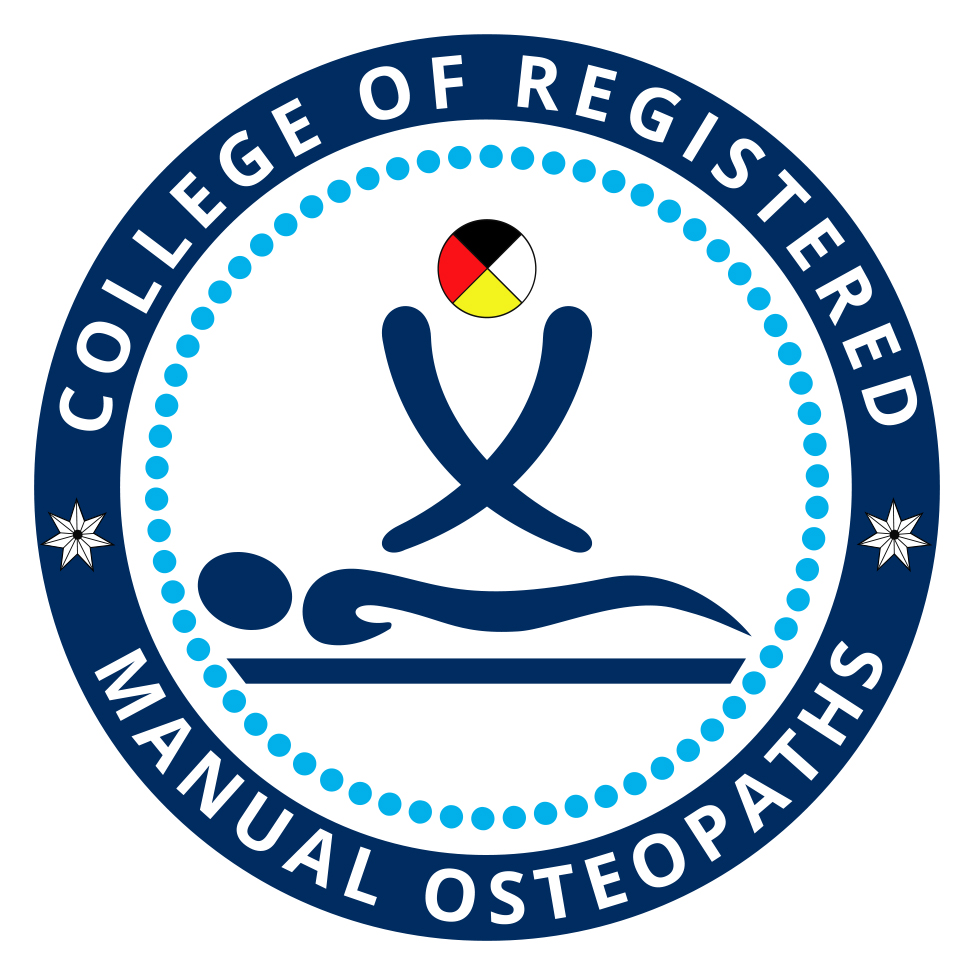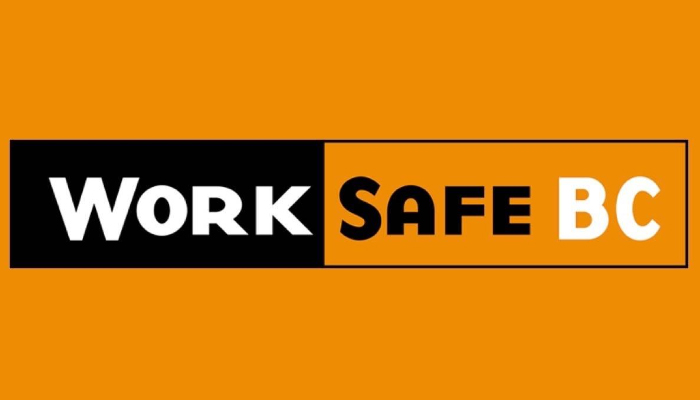
This Code of Ethics is based upon the acknowledgement that the social contract dictates the manual osteopathy profession’s responsibilities to the client, the public, and the profession; and upholds the fundamental principle that the paramount purpose of the registered manual osteopath’s professional services shall be to benefit the client.
1. Registered manual osteopaths (RMOs) should adhere to a commitment to the highest standards of excellence and should attend to their clients in accordance with established best practices.
2. Registered manual osteopaths should maintain the highest standards of professional and personal conduct, and should comply with all governmental jurisdictional rules and regulations.
3. RMO-client relationships should be built on mutual respect, trust and cooperation. In keeping with these principles, registered manual osteopaths shall demonstrate absolute honesty with regard to the client’s condition when communicating with the client and/or representatives of the client. Registered manual osteopaths shall not mislead clients into false or unjustified expectations of favourable results of treatment. In communications with a client and/or representatives of a client, registered manual osteopaths should never misrepresent their education, credentials, professional qualification or scope of clinical ability.
4. Registered manual osteopaths should preserve and protect the client’s confidential information, except as the client directs or consents, or the law requires otherwise.
5. Registered manual osteopaths should employ their best good faith efforts to provide information and facilitate understanding to enable the client to make an informed choice in regard to proposed manual osteopathic care. The client should make his or her own determination on such care.
6. The RMO-client relationship requires the registered manual osteopaths to exercise utmost care that he or she will do nothing to exploit the trust and dependency of the client. Sexual misconduct is a form of behaviour that adversely affects the public welfare and harms clients individually and collectively. Sexual misconduct exploits the RMO-client relationship and is a violation of the public trust.
7. Registered manual osteopaths should willingly consult and seek the talents of other health care professionals when such consultation would benefit their clients or when their clients express a desire for such consultation.
8. Registered manual osteopaths should never neglect nor abandon a client. Due notice should be afforded to the client and/or representatives of the client when care will be withdrawn so that appropriate alternatives for continuity of care may be arranged.
9. With the exception of emergencies, registered manual osteopaths are free to choose the clients they will serve, just as clients are free to choose who will provide healthcare services for them. However, decisions as to who will be served should not be based on race, religion, ethnicity, nationality, creed, gender, handicap or sexual preference.
10. Registered manual osteopaths should conduct themselves as members of a learned profession and as members of the greater healthcare community dedicated to the promotion of health, the prevention of illness and the alleviation of suffering. As such, registered manual osteopaths should collaborate and cooperate with other health care professionals to protect and enhance the health of the public with the goals of reducing morbidity, increasing functional capacity, increasing the longevity of the population and reducing health care costs.
11. Registered manual osteopaths should exercise utmost care that advertising is truthful and accurate in representing the health practitioner’s professional qualifications and degree of competence. Advertising should not exploit the vulnerability of clients, should not be misleading and should conform to all governmental jurisdictional rules and regulations in connection with professional advertising.
12. Registered manual osteopaths shall protect the public and the profession by reporting incidents of unprofessional, illegal, incompetent and unethical acts to appropriate authorities and organizations and should stand ready to testify in courts of law and in administrative hearings.
13. Registered manual osteopaths have an obligation to the profession to endeavour to assure that their behaviour does not give the appearance of professional impropriety. Any actions which may benefit the RMO to the detriment of the profession must be avoided so as to not erode the public trust.
14. Registered manual osteopaths should recognize their obligation to help others acquire knowledge and skill in the practice of the profession. They should maintain the highest standards of scholarship, education and training in the accurate and full dissemination of information and ideas.



